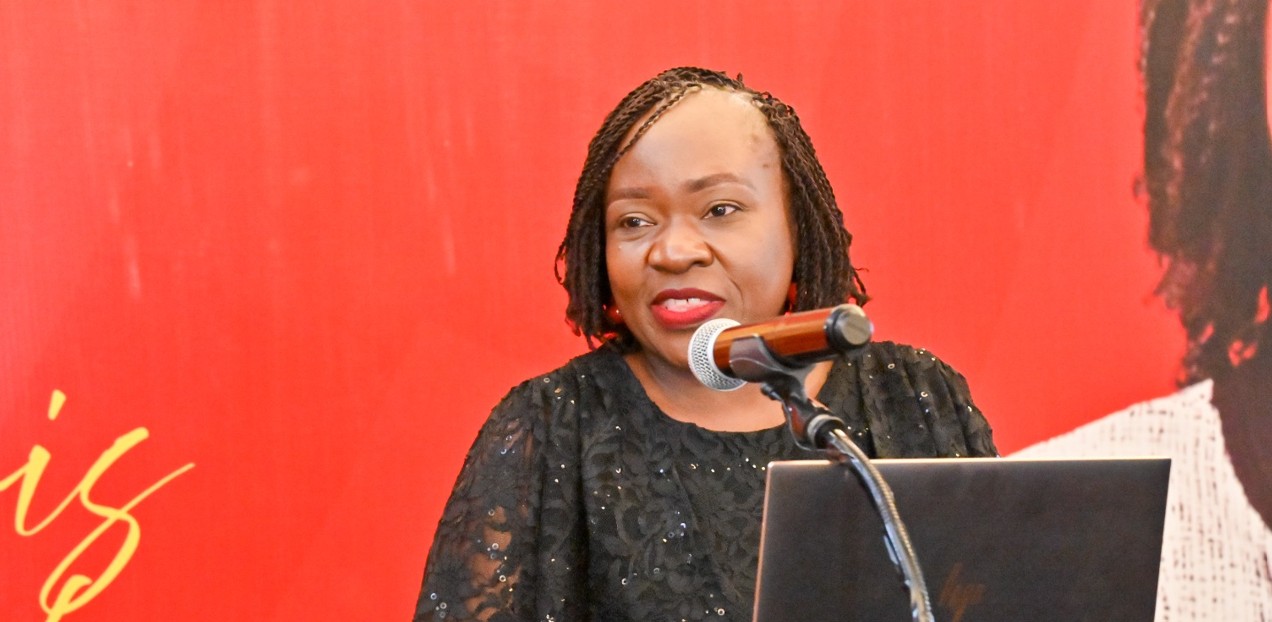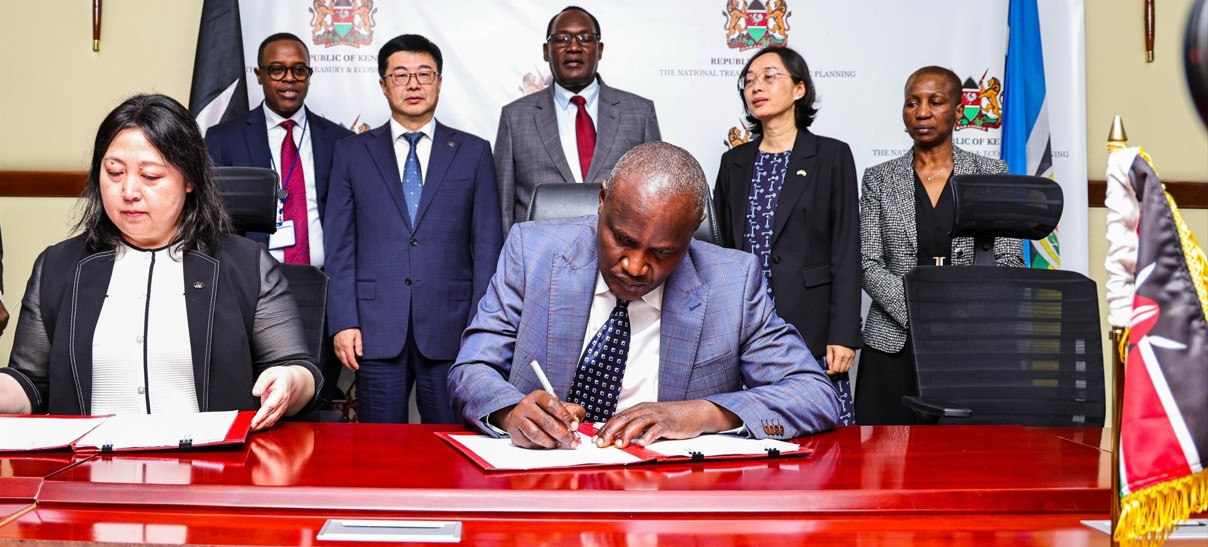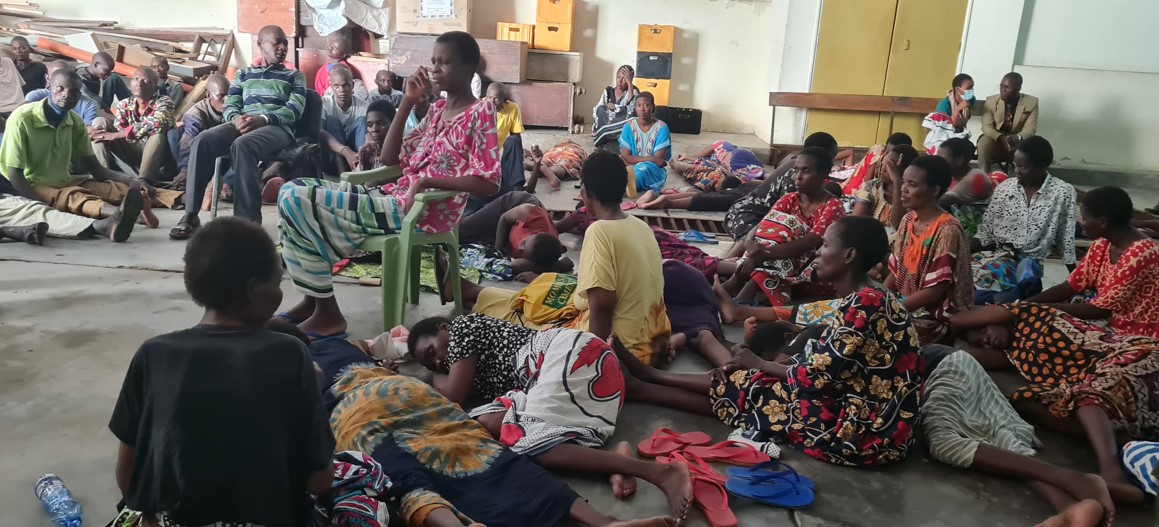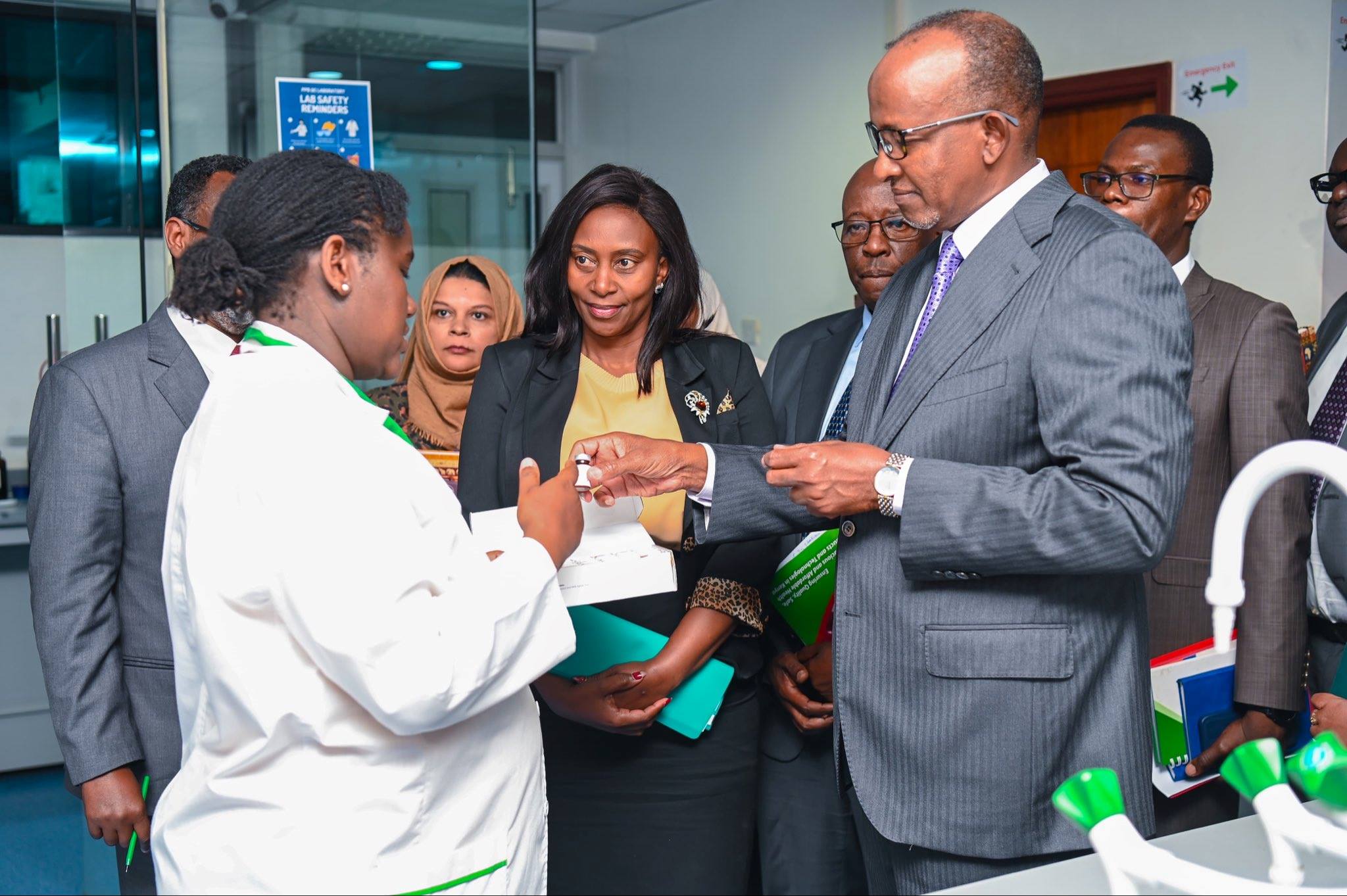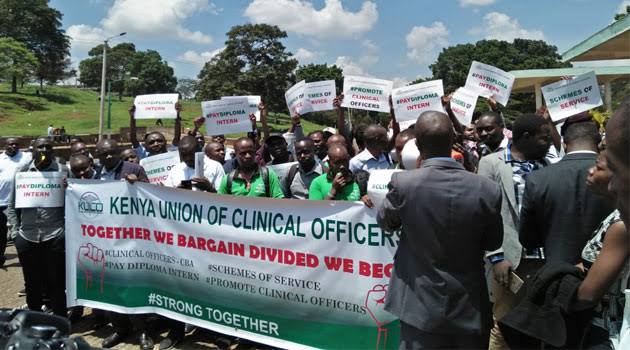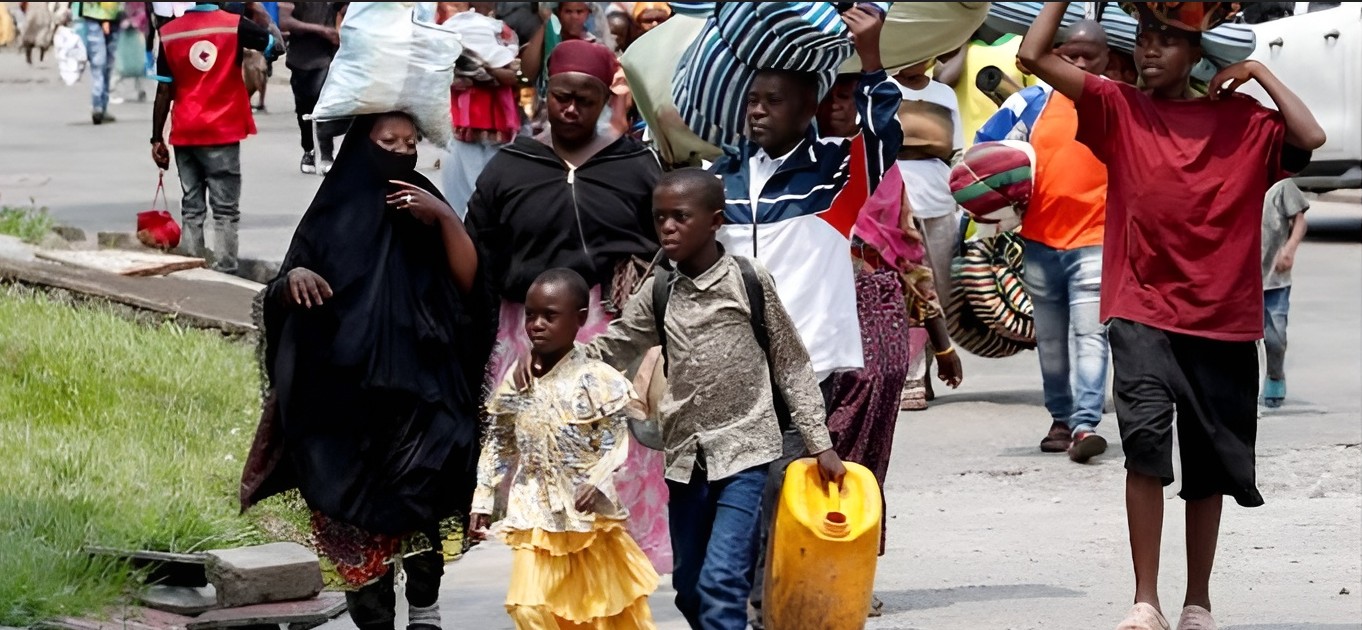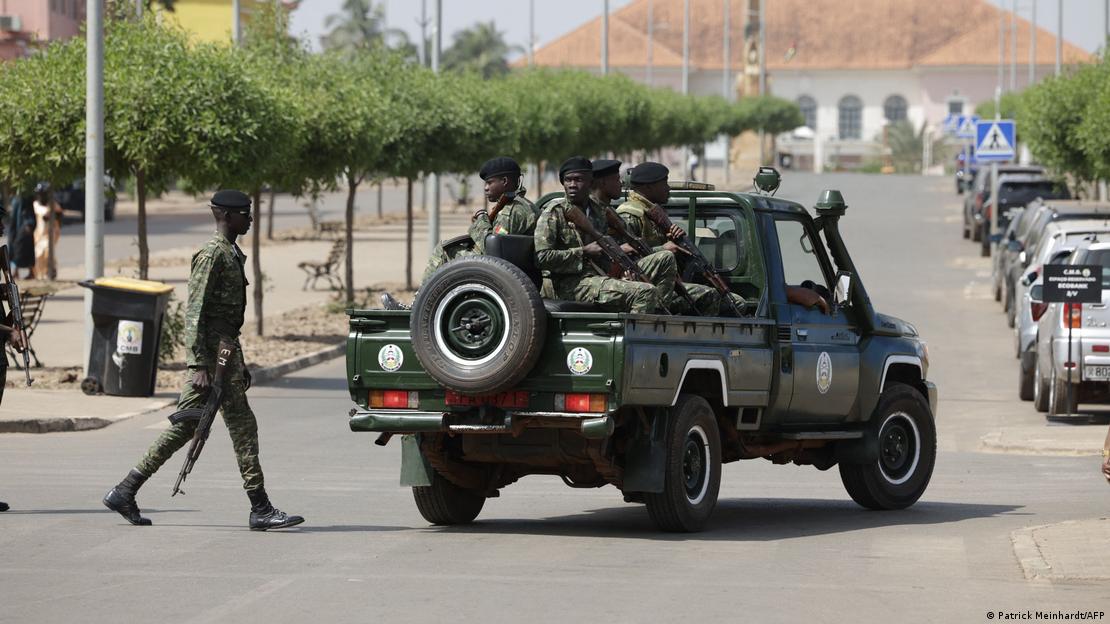Kenya requires Sh72.8 billion annually to fill 100,000 teacher shortage - report

The revelation comes even as President William Ruto’s administration has pledged to hire 24,000 teachers by January 2026 to address the ongoing shortage in public schools.
Kenya will require Sh72.8 billion in annual funding to close the teacher shortage gap, standing at nearly 100,000, a new report by Oxfam Kenya states.
According to the report dubbed Kenya’s Inequality Crisis: The Great Economic Divide, the shortage is straining classrooms, reducing learning outcomes and leaving schools in informal settlements particularly disadvantaged.
More To Read
- Unions slam TSC over limited promotion slots as 131,000 teachers apply for 21,000 positions
- Ruto announces recruitment of 24,000 more teachers by January to ease national shortage
- Teachers’ Unions demand clarity as TSC plans to move 400,000 educators to state health scheme
- TSC reschedules teachers’ promotional interviews in honour of the late Raila Odinga
- Teachers slam TSC for barring union activities in schools during third term
- TSC rejects calls to lower entry grades for ECD teachers
“The country is currently facing a teacher shortage of nearly 100,000 across primary and secondary schools, and this is expected to go up. Filling this gap alone would require Sh72.8bn in annual funding,” reads the report.
Public schools, especially those serving low-income students in rural areas and informal settlements, are the most affected, struggling to provide quality education due to severe resource constraints. Oxfam notes that many face shortages of essential learning materials, delayed capitation disbursements needed to pay non-teaching staff, unqualified teachers, infrequent quality inspections and limited community support.
“A good teacher is one of the most critical determinants of the quality of education,” the report notes.
The revelation comes even as President William Ruto’s administration has pledged to hire 24,000 teachers by January 2026 to address the ongoing shortage in public schools.
Ruto said the move, combined with the 76,000 teachers already hired, will bring the total to 100,000 within three years, an achievement he described as unmatched in the history of the country.
The Education 2030 SDG 4 agenda commits countries to providing 12 years of free, publicly funded, equitable and high-quality primary and secondary education, including at least one year of free, compulsory pre-primary education. Article 53 of the Kenyan Constitution and the Early Childhood Education Act (2021) further mandate the state to ensure this right. Public childcare is also critical for reducing women’s unpaid care responsibilities and laying strong foundations for students.
However, the report warns that children from low-income families have limited access to quality early childhood education. It notes that while early childhood development is a devolved function, county governments spend only seven per cent of their budgets on education.
“This is forcing many to rely on informal childcare arrangements, untrained personnel and inadequate facilities. A study in Nairobi's informal settlements highlighted that most centre-based care options have an unaffordable fee for many families,” reads the report.
The report also points to malnutrition as a major barrier to learning, particularly during children’s first 1,000 days. Oxfam notes that children who receive optimal nutrition are more likely to achieve their full cognitive potential, perform better in school and attain higher education levels. Yet, 28 per cent of children in the poorest quintile are stunted compared to nine per cent in the richest quintile.
It further highlights that Kenya’s total education budget, combining national and county allocations, has averaged 17 per cent of government expenditure over the past decade, within the recommended 15–20 per cent range. However, the sector continues to face a severe funding crisis.
The report warns that capitation per learner, money sent to schools for learning materials, non-teaching staff, sanitation and other needs has declined and is often disbursed late or incompletely. Free Primary Education capitation per learner has stagnated at Sh1,420 since 2003, equivalent to Sh250 in 2024 after adjusting for inflation. Secondary school capitation has also remained unchanged since 2018 at Sh22,244.
Between 2020 and 2024, Oxafam notes that public schools faced a capitation funding gap of Sh117 billion, with special needs secondary schools facing a 50 per cent shortfall.
“Inadequate and declining funding is forcing many schools into costly debts, compromising learning and closing schools early,” the report warns.
Urban schools generally receive more resources, leaving marginalised regions behind. The government has also stated that free primary and secondary education is becoming unsustainable.
In higher education, inadequate funding has prompted a new model combining scholarships, loans and household contributions. Students are means-tested for grants and scholarships, which can cover up to 70 per cent of costs, with the remainder financed through loans and household contributions.
However, the report states that the model excludes the neediest, and students face delays in disbursement and heavy loan repayments.
“Even academically high-achieving students from poor families often cannot afford higher education, leading to continued under-representation in universities. Students from wealthy families benefited the most from the previously highly subsidised university education. Only one per cent of people from the poorest quintile have a form of tertiary education compared to 45 per cent of their richest counterparts,” Oxfam states.
Despite these challenges, the report observes that public education spending has been relatively pro-poor, slightly reducing inequality by 0.034 Gini points, mainly due to early childhood, primary and secondary education. Spending on tertiary education, however, tends to increase inequality, as very few poor students access universities.
The report has also faulted climate change as another layer of strain in the education sector. It notes that floods and extreme weather events have caused widespread school closures, damaged infrastructure and forced population displacement, disrupting education continuity. Girls are particularly vulnerable, facing risks of forced marriage and transactional sex during climate crises, which hinders access and retention in school.
The report has now called for urgent and sustained investment to improve teacher staffing, expand access to early childhood education, strengthen school resources and reduce disparities between wealthy and marginalised communities to prevent education inequality from deepening further.
Top Stories Today


